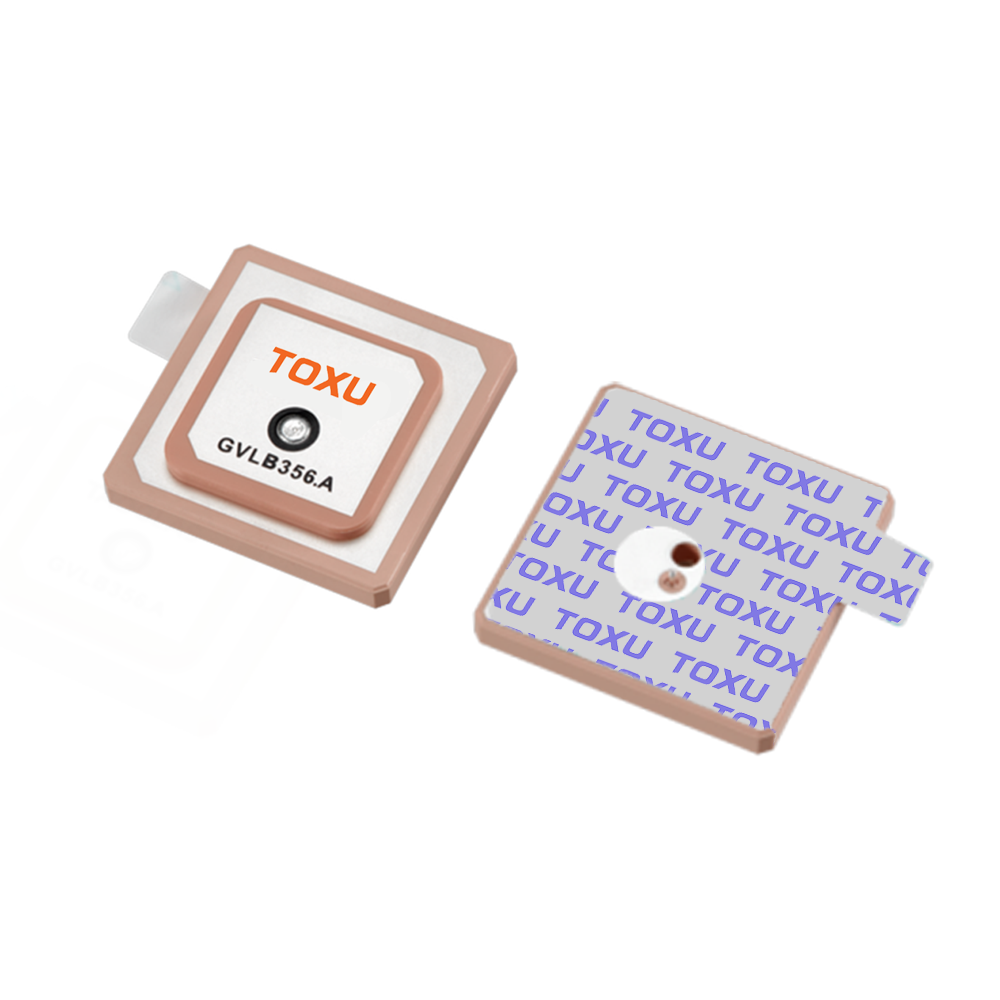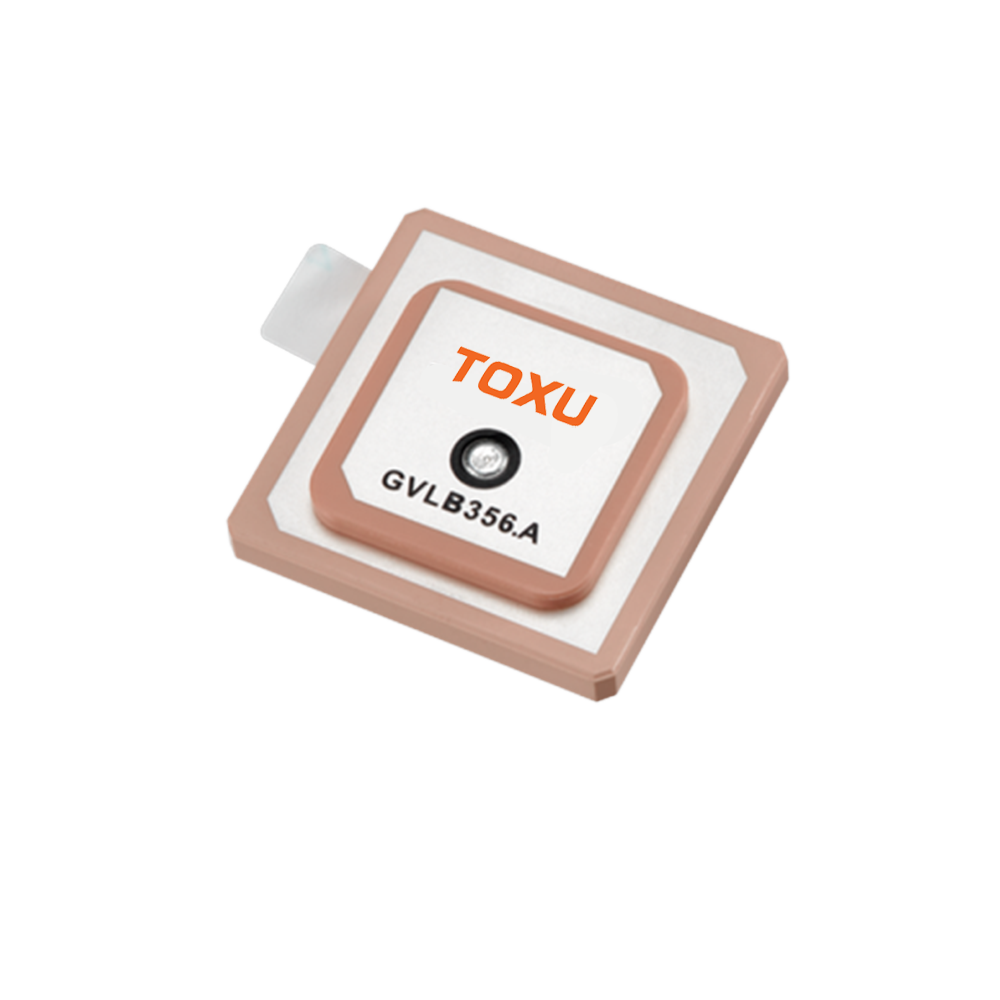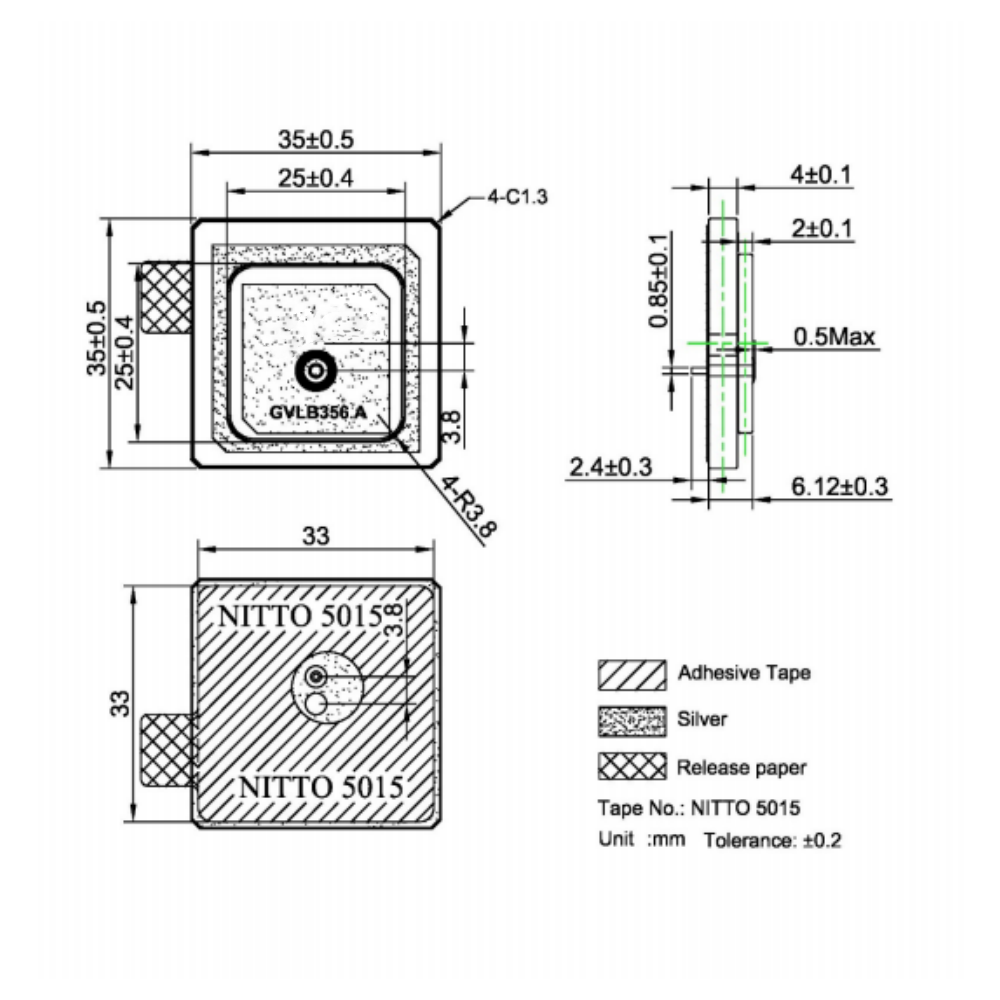5.1. Current Applications
5.1.1. Automotive Industry
In the automotive industry, multi - band passive GNSS ceramic antennas are used in a variety of applications. In - vehicle navigation systems rely on these antennas to provide accurate location information to drivers. The high - precision positioning offered by multi - band GNSS antennas is also crucial for ADAS. For example, in lane - departure warning systems, the antenna's accurate position data helps the system determine if the vehicle is drifting out of its lane.
In autonomous vehicles, the multi - band GNSS ceramic antenna is an essential component. It provides the precise location information necessary for the vehicle to navigate complex road environments, interact with other vehicles, and comply with traffic regulations. Additionally, in fleet management systems, these antennas enable real - time tracking of vehicles, allowing fleet operators to optimize routes, monitor driver behavior, and improve overall operational efficiency.
5.1.2. Consumer Electronics
The consumer electronics sector is a major user of multi - band passive GNSS ceramic antennas. Smartphones, in particular, rely heavily on these antennas for location - based services (LBS). From mapping and navigation apps like Google Maps and Apple Maps to ride - hailing services such as Uber and Lyft, accurate location data provided by the GNSS antenna is essential. The compact size of ceramic antennas makes them ideal for integration into smartphones, where space is extremely limited.
Wearable devices, including smartwatches and fitness trackers, also utilize multi - band passive GNSS ceramic antennas. These devices use GNSS positioning to track users' outdoor activities such as running, cycling, and hiking. The lightweight nature of the antenna ensures that the wearable device remains comfortable to wear, while the high precision of the antenna allows for accurate tracking of distance, speed, and route.
Handheld navigation devices, such as those used by hikers, campers, and boaters, also depend on multi - band passive GNSS ceramic antennas. These devices require reliable and accurate navigation information in remote areas where cellular network coverage may be unavailable. The multi - band capability of the antenna ensures that the device can receive signals from multiple GNSS systems, increasing the chances of maintaining a signal lock even in challenging environments.
5.1.3. Agriculture
In the agricultural industry, multi - band passive GNSS ceramic antennas are transforming the way farming operations are conducted. Precision agriculture, which aims to optimize crop yields while minimizing the use of resources such as water, fertilizers, and pesticides, relies heavily on accurate GNSS positioning.
Farmers use GNSS - enabled equipment such as tractors, harvesters, and sprayers equipped with multi - band passive GNSS ceramic antennas to perform tasks with high precision. For example, in variable - rate application, the antenna provides accurate location data that allows the equipment to apply the right amount of fertilizer or pesticide to different areas of a field based on soil conditions and crop requirements. This not only reduces the cost of inputs but also minimizes the environmental impact of farming.
GNSS - based guidance systems for agricultural equipment also use multi - band passive GNSS ceramic antennas. These systems enable farmers to operate their equipment with greater accuracy, reducing overlap in tilling, planting, and harvesting operations. This leads to increased efficiency and reduced fuel consumption.
5.1.4. Surveying and Mapping
Surveying and mapping professionals rely on multi - band passive GNSS ceramic antennas for accurate and efficient data collection. Traditional surveying methods are often time - consuming and labor - intensive, but with the use of GNSS technology, surveyors can collect data much more quickly and accurately.
Multi - band passive GNSS ceramic antennas are used in surveying equipment such as GNSS receivers and total stations. The high - precision positioning provided by these antennas allows surveyors to measure distances, angles, and elevations with centimeter - level accuracy. This is crucial for applications such as land surveying, construction site layout, and topographic mapping.
In mapping applications, the antenna's ability to receive signals from multiple GNSS systems and frequency bands ensures that mapping data is accurate and reliable. This is particularly important in areas with complex terrain or where satellite visibility is limited, as the multi - band capability helps to maintain a strong signal lock.
5.2. Future Trends
5.2.1. Integration with 5G Technology
The integration of multi - band passive GNSS ceramic antennas with 5G technology is expected to be a major future trend. 5G networks offer high data rates, low latency, and massive connectivity, which can enhance the performance of GNSS - based applications.
In autonomous vehicles, for example, the combination of 5G and GNSS can enable vehicle - to - everything (V2X) communication. V2X communication allows vehicles to communicate with other vehicles, infrastructure, and pedestrians, providing real - time information about traffic conditions, road hazards, and other important events. The multi - band passive GNSS ceramic antenna provides the accurate location data required for V2X communication, while 5G ensures that the data is transmitted quickly and reliably.
In the consumer electronics sector, the integration of 5G and GNSS can enable new location - based services. For example, augmented reality (AR) and virtual reality (VR) applications can use 5G to stream high - quality content and GNSS to provide accurate location data, creating a more immersive user experience.
5.2.2. Development of Miniaturized and Low - Power Antennas
As the demand for smaller and more portable electronic devices continues to grow, the development of miniaturized multi - band passive GNSS ceramic antennas will be a key focus. Researchers and manufacturers are working on new designs and materials to further reduce the size of the antenna while maintaining its performance.
In addition to miniaturization, the development of low - power multi - band passive GNSS ceramic antennas is also important. Many portable devices, such as wearables and IoT (Internet of Things) devices, are battery - powered, and reducing the power consumption of the antenna can extend the battery life of these devices. This can be achieved through the use of more efficient materials and design techniques, as well as the integration of power - management features into the antenna.
5.2.3. Enhanced Anti - Interference Capabilities
With the increasing number of electronic devices and wireless technologies, the problem of interference with GNSS signals is becoming more severe. To address this issue, future multi - band passive GNSS ceramic antennas will be designed with enhanced anti - interference capabilities.
One approach to improving anti - interference is the use of adaptive filtering techniques. These techniques allow the antenna to automatically adjust its filtering parameters to reject unwanted signals based on the current interference environment. Another approach is the use of beamforming technology, which enables the antenna to focus its radiation pattern towards the satellites, reducing the impact of interference from other directions.
In addition, the development of new materials with better electromagnetic shielding properties can also help to reduce interference. These materials can be used to shield the antenna from unwanted signals, improving its performance in noisy electromagnetic environments.
5.2.4. Expansion to New GNSS Frequency Bands
As new GNSS systems are developed and existing systems are upgraded, new frequency bands are being introduced. For example, the European Galileo system has added new frequency bands such as E6 (1278.75 MHz) and E5a (1176.45 MHz), and the Chinese BeiDou system is also expanding its frequency bands.
Future multi - band passive GNSS ceramic antennas will need to be designed to support these new frequency bands. This will require the development of new patch designs, substrate materials, and feed structures to ensure that the antenna can operate efficiently on the new bands. By supporting more frequency bands, the antenna will be able to receive signals from a wider range of satellites, improving the accuracy and reliability of GNSS positioning.
Conclusion
Multi - band passive GNSS ceramic antennas have become indispensable components in the field of global navigation satellite systems. Their unique combination of multi - band functionality, compact size, lightweight nature, high precision, and good temperature stability makes them suitable for a wide range of applications across various industries, including automotive, consumer electronics, agriculture, and surveying and mapping.
In the automotive industry, these antennas play a crucial role in enabling advanced driver - assistance systems and autonomous driving, providing the accurate location data required for safe and efficient vehicle operation. In consumer electronics, they are essential for location - based services in smartphones, wearables, and handheld navigation devices, enhancing the user experience. In agriculture, they contribute to the development of precision agriculture, helping farmers optimize crop yields and reduce resource consumption. In surveying and mapping, they enable accurate and efficient data collection, improving the quality of surveying and mapping projects.
However, multi - band passive GNSS ceramic antennas also face several challenges, including interference from other electronic devices, complexity in design for multi - band operation, and cost - effectiveness in mass production. To overcome these challenges, continuous research and development are needed. This includes the development of advanced filtering techniques to mitigate interference, the optimization of design processes to reduce complexity, and the improvement of manufacturing processes to enhance cost - effectiveness.
Looking towards the future, several trends are expected to shape the development of multi - band passive GNSS ceramic antennas. The integration with 5G technology will open up new possibilities for enhanced GNSS - based applications, such as V2X communication and AR/VR location - based services. The development of miniaturized and low - power antennas will meet the growing demand for smaller and more portable electronic devices. The enhancement of anti - interference capabilities will ensure reliable operation in increasingly noisy electromagnetic environments. The expansion to new GNSS frequency bands will improve the accuracy and reliability of GNSS positioning by enabling the antenna to receive signals from more satellites.
As technology continues to advance, multi - band passive GNSS ceramic antennas will continue to evolve, becoming more advanced, efficient, and versatile. They will play an even more important role in supporting the growth and development of various industries, contributing to the realization of a more connected, efficient, and intelligent world. The ongoing research and innovation in this field will undoubtedly lead to new breakthroughs and applications, further solidifying the position of multi - band passive GNSS ceramic antennas as key components in the global navigation infrastructure.




































































 Language
Language
 En
En Cn
Cn Korean
Korean

 Home >
Home > 







 18665803017 (Macro)
18665803017 (Macro)













